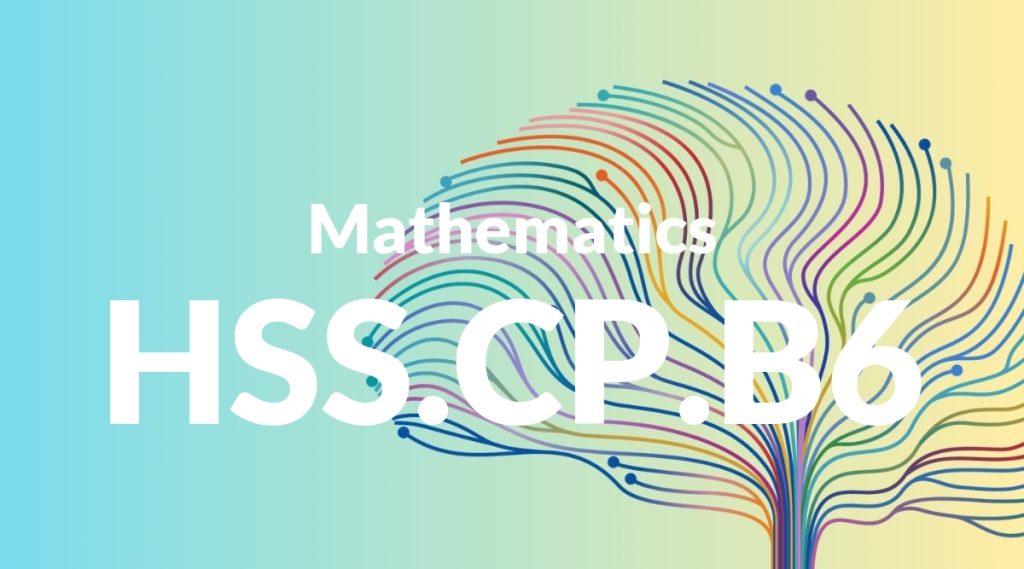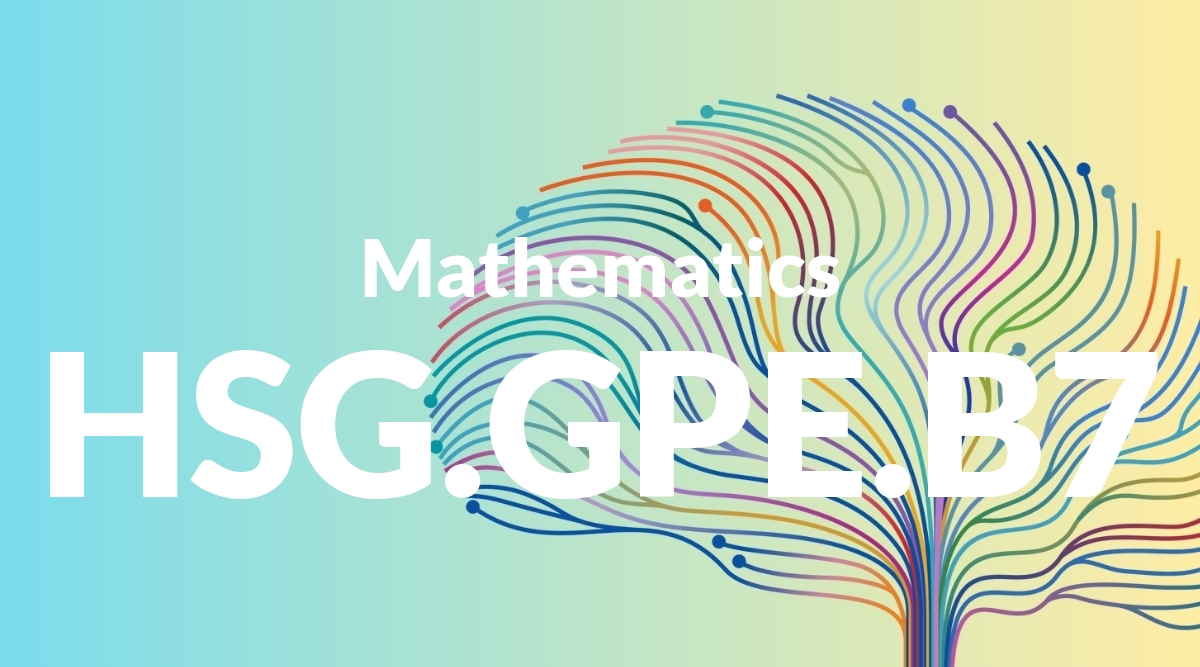Standard: HSS.CP.B6 – Find the conditional probability of A given B as the fraction of B’s outcomes that also belong to A, and interpret the answer in terms of the model.
Grade level: High School: Statistics & Probability
Subject: Mathematics
Domain: Conditional Probability & the Rules of Probability
Teacher Overview
This standard focuses on understanding and calculating conditional probability, which is crucial for making informed predictions and decisions based on given conditions. Mastery of this concept will enable students to tackle more advanced topics in statistics and probability. Students should have a solid grasp of basic probability, including the concepts of independent and dependent events, and be comfortable working with fractions and ratios.
After mastering this standard, students will be able to apply conditional probability to more complex models and real-world situations, enhancing their ability to make data-driven decisions and predictions.
Common Misconception 1
A common misconception is that the probability of A given B (P(A|B)) is the same as the probability of B given A (P(B|A)). This is incorrect because the two probabilities are conditional on different events and can have different values.
Intervention 1
To address this misconception, use visual aids like Venn diagrams and real-life scenarios to clearly differentiate between P(A|B) and P(B|A). Encourage students to practice with various examples to solidify their understanding.
Common Misconception 2
Another misconception is that conditional probability is always lower than the probability of the individual events. This is not true; conditional probability can be higher, lower, or equal to the probability of the individual events, depending on the context.
Intervention 2
Provide students with counterexamples and use probability trees to illustrate how conditional probability can vary. Encourage them to analyze different scenarios to see how the probabilities change.
Prerequisite Knowledge
Students should understand basic probability concepts, including independent and dependent events, and be able to calculate simple probabilities. Familiarity with fractions and ratios is also essential.
Subsequent Knowledge
Students will develop skills in more complex probability models, including Bayesian probability and the use of probability in statistical inference. They will also be able to apply conditional probability to real-world situations and more advanced statistical problems.
Instructional Activities
- Use Venn diagrams to visualize conditional probabilities.
- Solve real-world problems involving conditional probability.
- Create probability trees to explore different conditional scenarios.
- Conduct experiments (e.g., drawing cards) to observe conditional probabilities.
- Use software tools to simulate and analyze conditional probabilities in various contexts.




